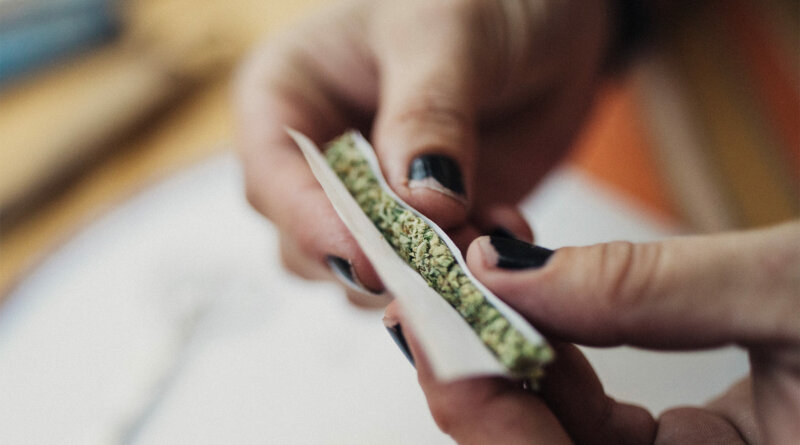Pot Users Need More Anesthesia, Painkillers: Study
By Dennis Thompson
HealthDay Reporter
TUESDAY, Oct. 6, 2020 (HealthDay News) — Marijuana users appear to need more anesthesia than nonusers, and also more opioids to relieve their pain after surgery, a new, preliminary study reports.
Users of cannabis products who had surgery for a broken leg required higher doses of sevoflurane, an inhaled anesthetic that keeps you asleep during a procedure. These folks also required nearly 60% more opioid painkillers per day while recuperating in the hospital, the researchers found.
The results jibe with earlier studies indicating that marijuana users might need more anesthesia initially to put them under, said lead author Dr. Ian Holmen, a resident anesthesiologist with the University of Colorado Anschutz Medical Campus in Aurora.
“It’s similar to flying a plane. You have a takeoff section, and then you have your cruising section and then your landing. These in anesthesia are induction, maintenance and emergence,” Holmen said. “We found that it’s not just in the induction phase of anesthesia that you need more anesthesia, but even during that cruising phase you need more inhaled anesthetic.”
The findings were reported Monday at an online meeting of the American Society of Anesthesiologists (ASA). Research presented at meetings is typically considered preliminary.
The implications for most marijuana users are not dire, according to Holmen and Dr. David Dickerson, vice chair of the ASA’s Committee on Pain Medicine.
Pot users should simply be honest with their doctors about their marijuana consumption, so they can dial in their anesthetic dose more accurately, said Dickerson.
“We want to know there might be a need for more anesthesia,” he said. “The last thing we want to do is to be under-dosing if someone is going to have an increased requirement. The more information we have, the more we can react and monitor to keep a patient safe during a procedure.”
But marijuana users who have heart or lung health issues might face some danger in the operating room, depending on how much additional anesthetic they need during surgery, Holmen added.
“Sevoflurane has a very clear dose-dependent effect on blood pressure,” he said. “The more sevoflurane you receive in the OR, the more a patient’s blood pressure drops. If you have heart problems or lung problems coming into the OR, it could be dangerous.”
Continued
For this study, Holmen and his colleagues reviewed the records of 118 patients who had surgery at the University of Colorado hospital for a broken shin bone.
Of those, 30 patients reported using cannabis. Holmen said that the amount and frequency of use were not recorded, nor was the type of cannabis product used — CBD, THC, edibles or smoked pot.
During surgery, marijuana users not only needed more inhaled sevoflurane anesthetic, but also higher doses of hydromorphone painkillers, the researchers found.
They also reported higher post-surgery levels of pain that needed larger doses of opioid painkillers to quell.
There are a few potential explanations. It could be that marijuana use alters the way that anesthetic and pain medications are processed by the body, Dickerson said.
“Cannabis is metabolized in the liver. Medications like anesthetics and our pain medicines are also metabolized in the liver,” he said. “Is there a change in the way the liver’s metabolic function is occurring after being exposed to cannabis?”
It’s also possible that marijuana changes the way a person’s nervous system responds to pain and to painkillers, Dickerson said.
“Is there a change in our neurophysiology or our nervous system that causes us to be in a more excited state, that then causes worsened pain after an injury or during surgical healing, or that actually increases the amount of anesthesia that takes us to sleep or deeper than sleep?” Dickerson said.
Holmen noted that alcohol use has been shown to alter the amount of anesthetic a person needs.
“Chronic alcohol users, oftentimes if they have not used prior to coming to the operating room, they also require higher anesthetic,” Holmen pointed out. “However, if they use it in short-term period right before anesthesia, they oftentimes require less.”
Dickerson said there might be some other unknown variable regarding people who choose to use cannabis that requires them to need more anesthesia, and what’s been found here is simply a link with no direct cause-and-effect relationship.
In any case, Holmen and Dickerson agree more research needs to be done on how marijuana affects anesthesia.
“The first step is asking: Is there a pattern worth studying? And it’s looking more and more like that is the case,” Dickerson said.



